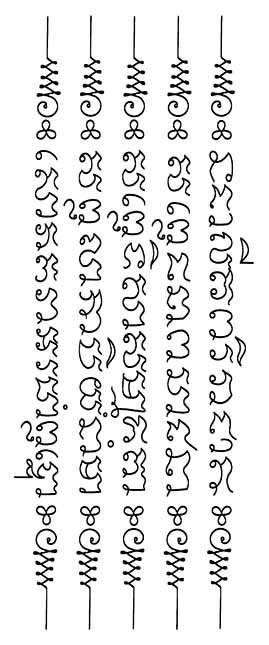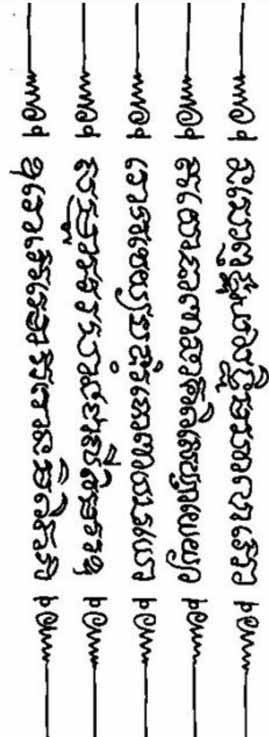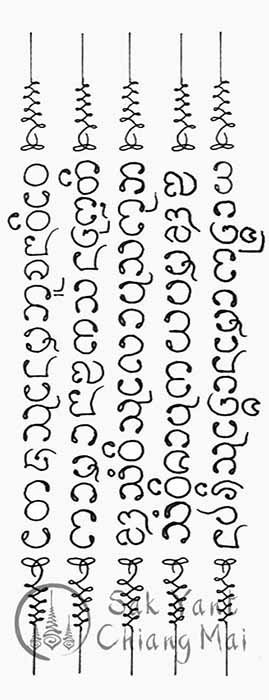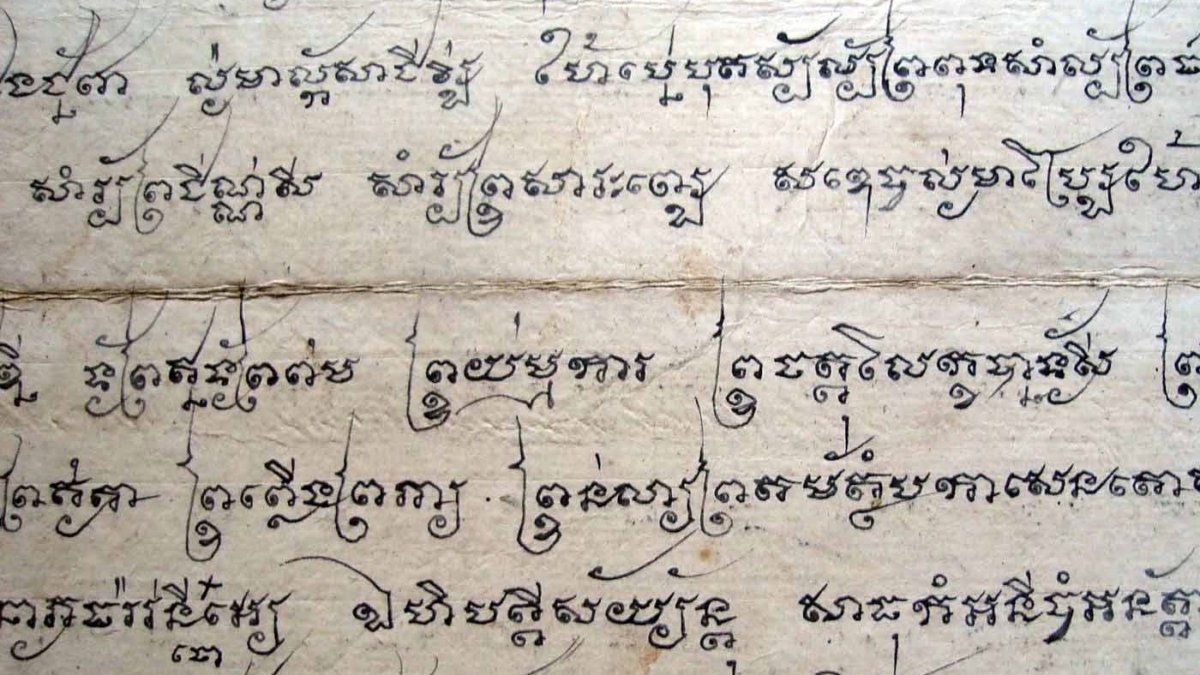Understanding the Sak Yant Text Language
Different Languages used in Sak Yant Tattoos
Sak Yant tattoos are traditional Thai tattoos that hold deep spiritual significance. These intricate designs are believed to offer protection, blessings, and magical powers to the wearer. But what about the text inscribed within these tattoos? Let’s explore:
Ancient Sak Yant Texts and Languages:
Sak Yant tattoos do not use standard Thai or Cambodian text. Instead, they draw from much older forms of language.
The primary languages used in Sak Yant tattoos are:
Pali: An ancient Indian language associated with Buddhist scriptures.
Khom Scripts: Developed during the Khmer Empire (Cambodia), these scripts are a form of Sanskrit.
Lanna Script: The language used in Northern Thailand, considered the best looking script used with Sak Yant Tattoos.
These magical languages infuse Sak Yant tattoos with their mystical properties.
Pali: The Language of Theravada Buddhism
 One of the primary languages used in Sak Yant tattoos is Pali. Pali is an ancient language that holds a central place in Theravada Buddhism, the dominant form of Buddhism in Thailand, Myanmar, Laos, Cambodia, and Sri Lanka.
One of the primary languages used in Sak Yant tattoos is Pali. Pali is an ancient language that holds a central place in Theravada Buddhism, the dominant form of Buddhism in Thailand, Myanmar, Laos, Cambodia, and Sri Lanka.
History of Pali
Pali is believed to have originated in the Indian subcontinent around the 5th century BCE. It is the liturgical language of the Theravada Buddhist canon, known as the Pali Canon or Tipitaka. This canon consists of teachings attributed to the Buddha and is the oldest complete collection of Buddhist scriptures. Despite not being spoken as a native language today, Pali remains a critical language for Buddhist liturgical texts, rituals, and chants.
In Sak Yant tattoos, Pali is often used for sacred prayers, mantras, and invocations. These texts are believed to harness spiritual power and provide protection to the wearer.
Khom: The Sacred Script of Cambodia
 Another significant language found in Sak Yant tattoos is Khom, also known as Old Khmer. This script has deep roots in the history of Cambodia and has been integral to the region’s religious and cultural expressions.
Another significant language found in Sak Yant tattoos is Khom, also known as Old Khmer. This script has deep roots in the history of Cambodia and has been integral to the region’s religious and cultural expressions.
History of Khom
Khom script, derived from the ancient Brahmi script of India, was used extensively in Cambodia from the 7th to the 15th centuries. It was primarily employed for religious texts, inscriptions on temples, and royal decrees. The script played a crucial role in recording the early development of Khmer civilization and its adoption of Hinduism and Buddhism.
In the context of Sak Yant, Khom script is used to write mystical incantations and magical symbols. These inscriptions are believed to imbue the tattoo with spiritual energies, drawing from the ancient traditions of Cambodian spirituality.
Lanna Script: Northern Thailand Ancient Script
 Another significant language found in Sak Yant tattoos in Northern Thailand is the Ancient Lanna Script.
Another significant language found in Sak Yant tattoos in Northern Thailand is the Ancient Lanna Script.
History of Lanna Script
The Lanna script was primarily used to write the Northern Thai language, also known as Kam Mueang. It was also adapted to write other Tai languages, such as Tai Lue, Tai Khün, and Lao Tham. The script played a vital role in religious and administrative contexts, being used to transcribe Buddhist texts, legal documents, and historical chronicles.
Religious Significance
The spread of Theravada Buddhism in the Lanna Kingdom was a major factor in the development and propagation of the Lanna script. Monks and scribes used the script to record religious texts, including the Pali Canon and various local Buddhist teachings. These manuscripts were often inscribed on palm leaves, which have helped preserve the script and the knowledge it contains for centuries.
Why the Sak Yant Text Language is Important
Using a Real Sak Yant Master
Customized Meanings:
Sak Yant designs serve as templates, but each Sak Yant Master modifies them to suit individual wishes and desires.
The magical spells within the tattoos can be adjusted to address specific intentions, such as protection, healing, or empowerment.
Authentic Sak Yant tattoos are not mere copies; they are personalized for each recipient.
Challenges in Understanding:
Translating Sak Yant designs and meanings requires years of training and knowledge.
Sak Yant Masters study magical languages, symbolism, and blessings associated with each design.
Communicating this knowledge concisely can be difficult, especially if you don’t understand Thai.
Having an English-speaking Master or a Thai-speaking companion can help bridge the language gap.
Unique Lineages:
Different Sak Yant traditions exist, each with its own unique designs and meanings.
Masters from various lineages add their personalized knowledge, making each Sak Yant truly unique.
Even knowledgeable Masters may struggle to interpret a Sak Yant from another lineage due to these variations.
Avoiding Meaningless Designs:
Beware of Sak Yant tattoos from regular tattoo studios—they often lack authentic meaning.
Seek out a genuine Sak Yant Master who understands the magical scripts and can tailor the design to your intentions.
In summary, Sak Yant tattoos transcend mere aesthetics; they carry ancient wisdom, protection, and blessings. So, if you’re considering getting one, choose wisely and embrace the mystical journey!

